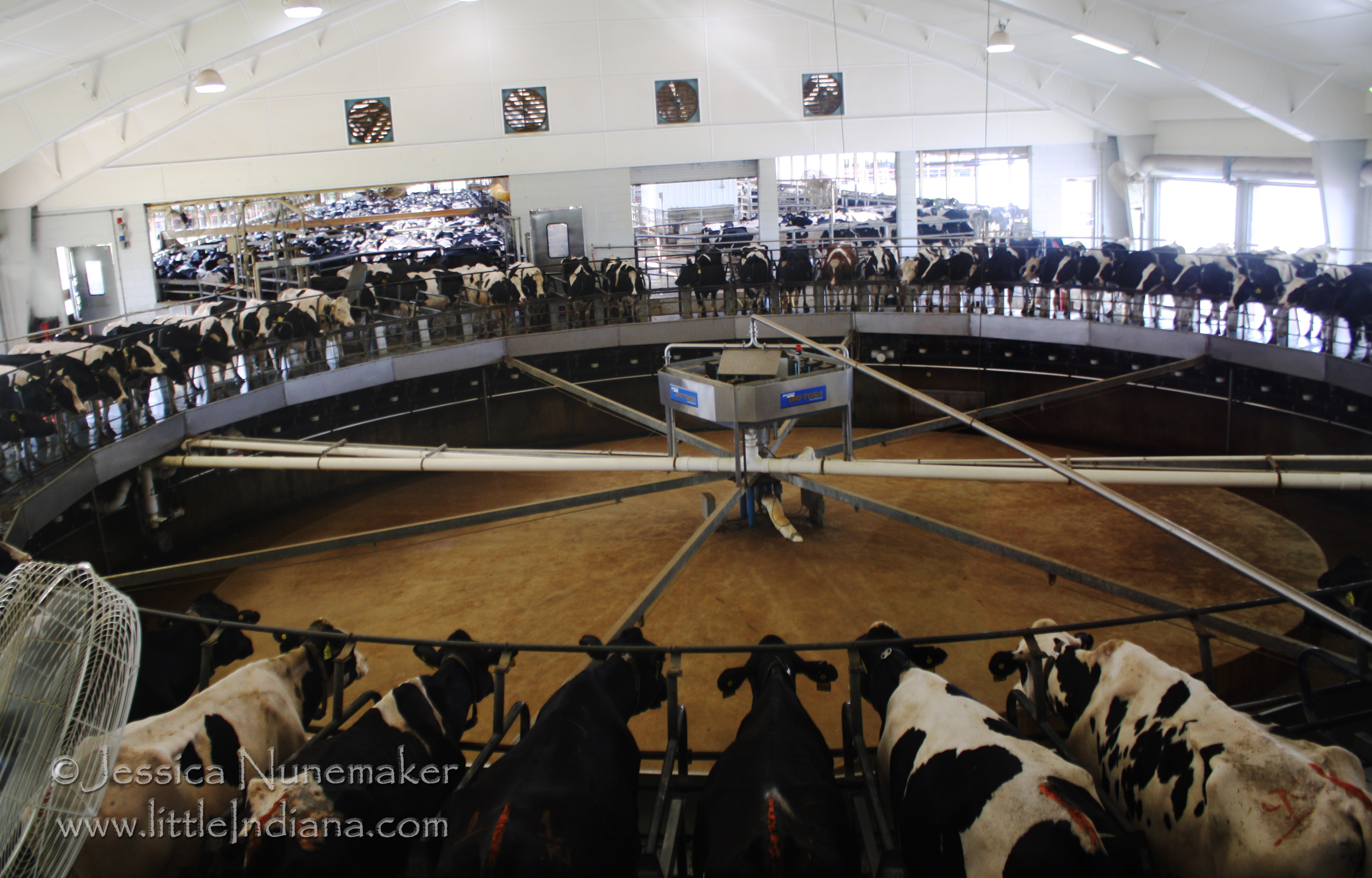This table provides metadata for the actual indicator available from UK statistics closest to the corresponding global SDG indicator. Please note that even when the global SDG indicator is fully available from UK statistics, this table should be consulted for information on national methodology and other UK-specific metadata information.
| Indicator available | Total factor and labour productivity of the UK agriculture industry |
|---|---|
| Indicator description | Total factor productivity is a key measure of the economic performance of agriculture and an important driver of farm incomes. It represents how efficiently the agricultural industry uses the resources that are available to turn inputs into outputs. |
| Geographical coverage | United Kingdom |
| Unit of measurement | Index |
| Definitions | All outputs - The volume of all outputs sold off the farm. This excludes transactions within the industry. All inputs - The volume of goods and services purchased and consumed. This excludes transactions within the industry. Total factor productivity - How efficiently all inputs are turned into outputs. Derived by dividing all outputs by all inputs. Partial productivity - How efficiently intermediate consumption, capital, labour or land is transformed into outputs. Derived by dividing all outputs by each factor. |
| Available disaggregations | |
| Calculations | |
| Other information | Outputs and inputs are adjusted for quality by weighting the volumes by price. This indicator is being used as an approximation of the UN SDG Indicator. Where possible, we will work to identify or develop UK data to meet the global indicator specification. This indicator has been identified in collaboration with topic experts. |
| Data last updated | 2021-01-07: see changes on GitHub opens in a new window |
| Metadata last updated | 2021-01-07: see changes on GitHub opens in a new window |
- This video talks about the differences between commercial and subsistence agriculture. It also talks about the sub regions of both types of agriculture.
- SFA's catalog contains general information about the university, academic programs and courses, and student-related policies and procedures.
- Units 2.3 and 2.4 Weather, Climate and Natural Vegetation/ Inter-relationship: File Size: 568 kb: File Type: pdf.
- John Parker can be found at Unit 3 1 Elm Cl. The following is offered: Agricultural Services - In Tarporley there are 3 other Agricultural Services. An overview can be found here. Reviews Write a review This listing was not reviewed yet: Your review.
- Historical development of geography
- Geography and education: the 19th-century creation of an academic discipline
- Geography after 1945
- Geography as a science: a new research agenda
- Methods and machines
- Growth, depth, and fragmentation in the late 20th century
- Geography as a science: a new research agenda
- The contemporary discipline
Quizlet Human Geography Unit 3
Our editors will review what you’ve submitted and determine whether to revise the article.
Agricultural & Horticultural Science documents: Other resources: Approved Calculator List: Assessment and Moderation now offer a variety of assessor support options to inspire and encourage good assessment practice. Read about NZQA Assessor Support options. Have suggestions for improvements?
Join Britannica's Publishing Partner Program and our community of experts to gain a global audience for your work!Human Geography Unit 1

Geography, the study of the diverseenvironments, places, and spaces of Earth’s surface and their interactions. It seeks to answer the questions of why things are as they are, where they are. The modern academic discipline of geography is rooted in ancient practice, concerned with the characteristics of places, in particular their natural environments and peoples, as well as the relations between the two. Its separate identity was first formulated and named some 2,000 years ago by the Greeks, whose geo and graphein were combined to mean “earth writing” or “earth description.” However, what is now understood as geography was elaborated before then, in the Arab world and elsewhere. Ptolemy, author of one of the discipline’s first books, Guide to Geography (2nd century ce), defined geography as “a representation in pictures of the whole known world together with the phenomena which are contained therein.” This expresses what many still consider geography’s essence—a description of the world using maps (and now also pictures, as in the kind of “popular geographies” exemplified by National Geographic Magazine)—but, as more was learned about the world, less could be mapped, and words were added to the pictures.
To most people, geography means knowing where places are and what they are like. Discussion of an area’s geography usually refers to its topography—its relief and drainage patterns and predominant vegetation, along with climate and weather patterns—together with human responses to that environment, as in agricultural, industrial, and other land uses and in settlement and urbanization patterns.
Although there was a much earlier teaching of what is now called geography, the academic discipline is largely a 20th-century creation, forming a bridge between the natural and social sciences. The history of geography is the history of thinking about the concepts of environments, places, and spaces. Its content covers an understanding of the physical reality we occupy and our transformations of environments into places that we find more comfortable to inhabit (although many such modifications often have negative long-term impacts). Geography provides insights into major contemporary issues, such as globalization and environmental change, as well as a detailed appreciation of local differences; changes in disciplinary interests and practices reflect those issues.
Historical development of geography
The history of geography has two main parts: the history of exploration and mapmaking and the development of the academic discipline.
- key people
- related topics




